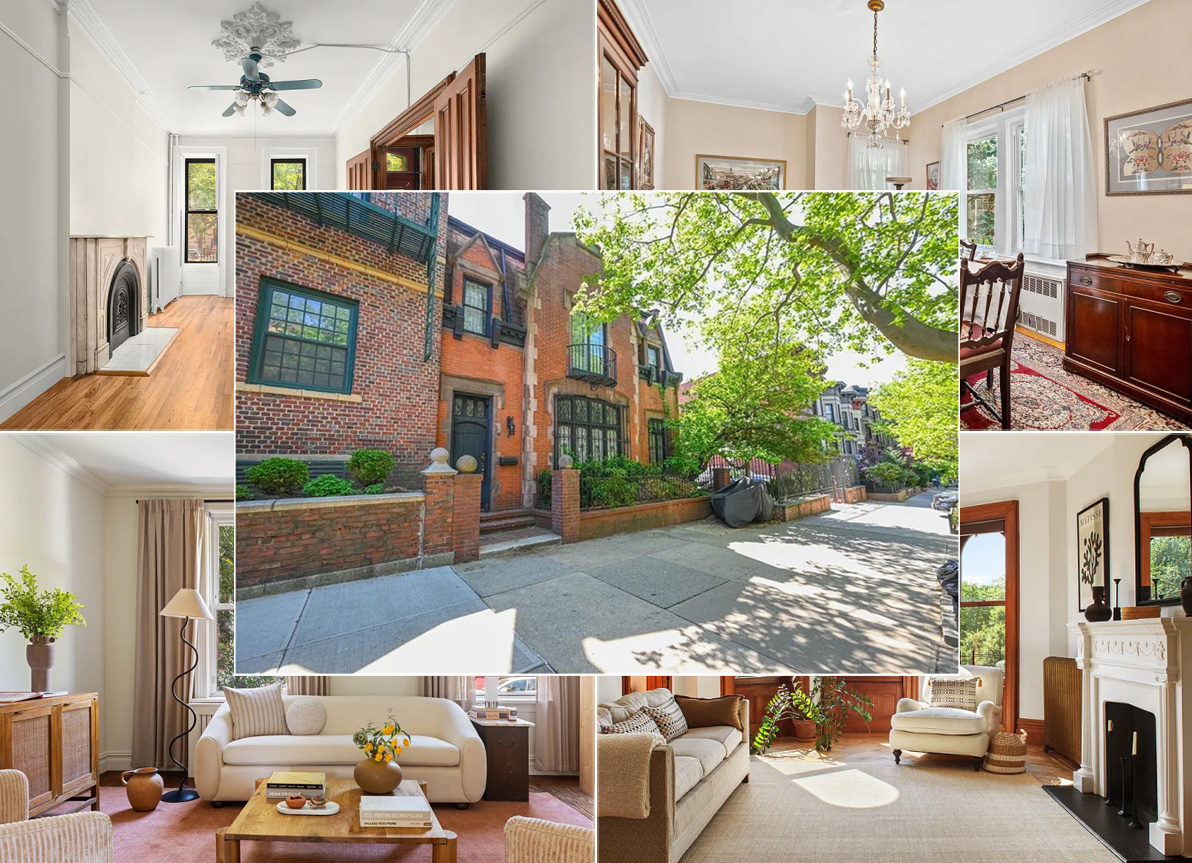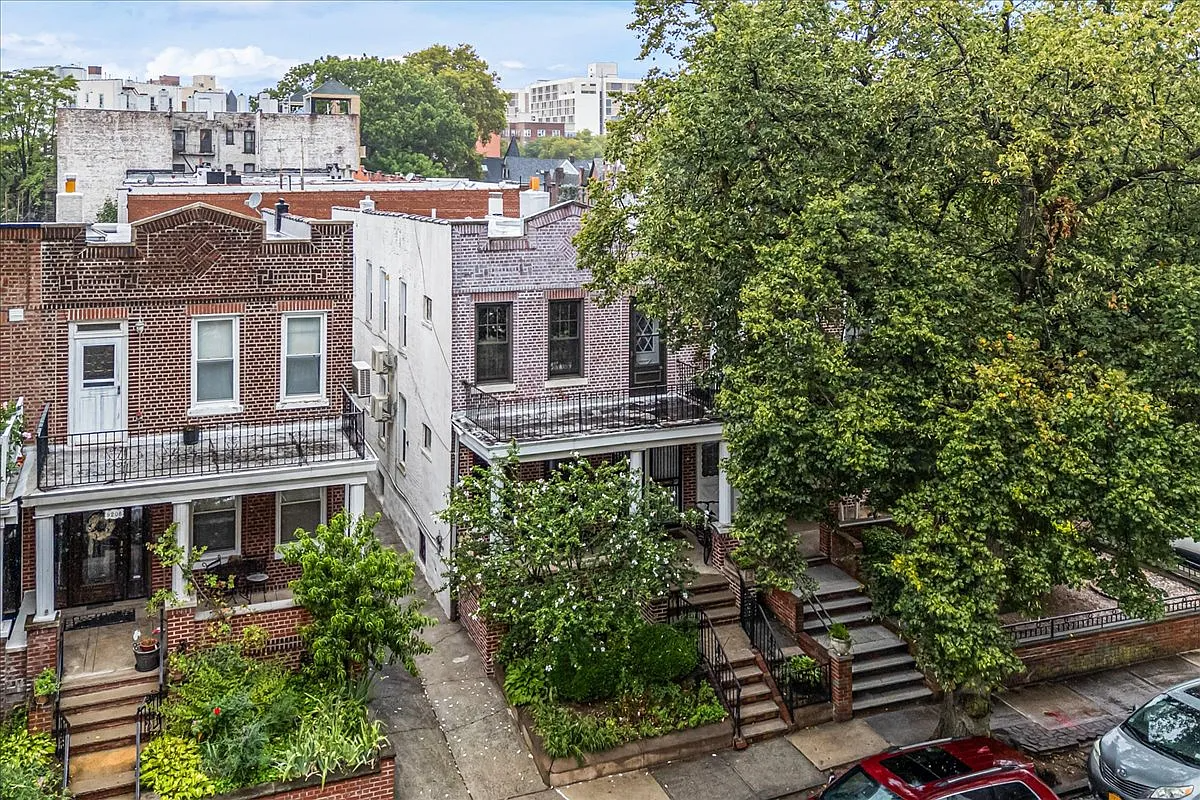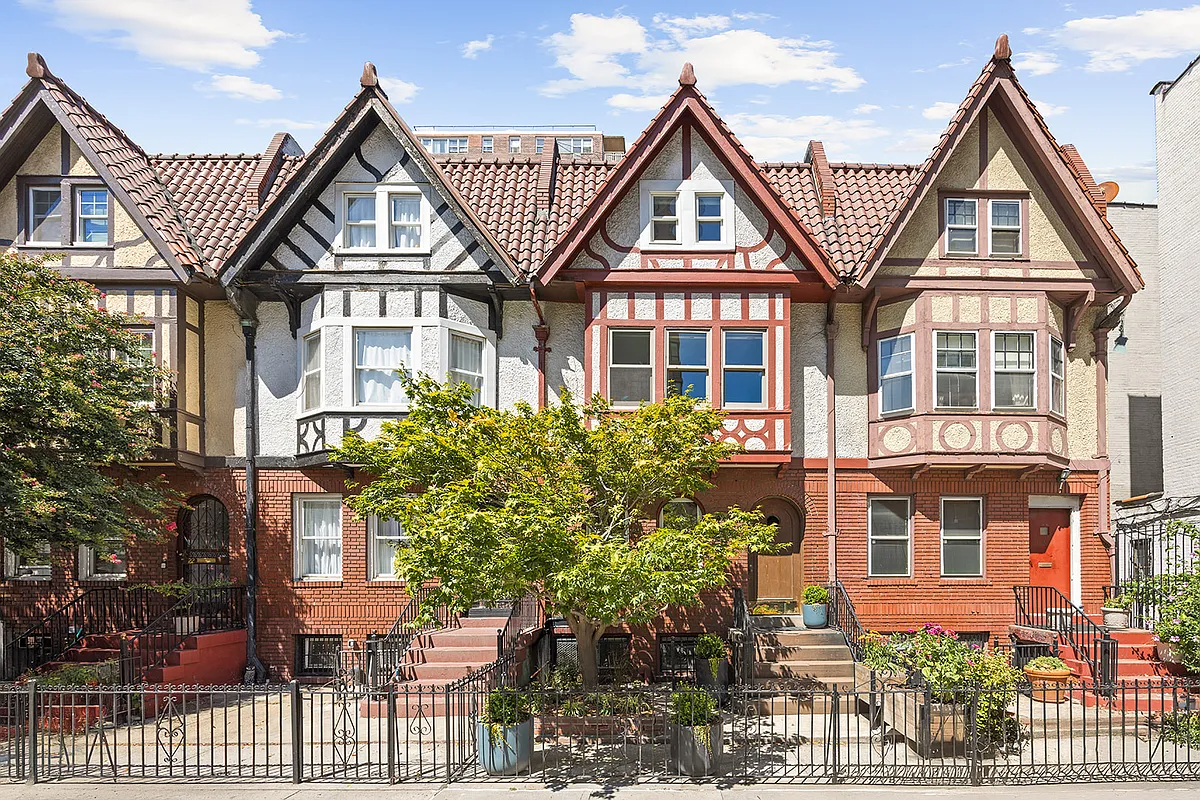Fulton Attracting 'Manhattan-Type' Customers?
The Observer has a Q&A with Al Laboz—chairman of the Fulton Street Mall Association and one of the strip’s big property owners—in which Laboz talks about new businesses like H&M coming to the corridor. He has this to say about the demographics stores are looking to cater to: “Now that downtown Brooklyn is experiencing a…


The Observer has a Q&A with Al Laboz—chairman of the Fulton Street Mall Association and one of the strip’s big property owners—in which Laboz talks about new businesses like H&M coming to the corridor. He has this to say about the demographics stores are looking to cater to: “Now that downtown Brooklyn is experiencing a renaissance, with 5,000 new apartments being developed in a four-block radius, we’re getting a new type of highly educated … I’ll call them the Manhattan type of customer. And the challenge that we have on Fulton Street right now is really to keep our core local customer while also embracing the new customer that’s starting to come into Fulton Street.” Laboz also says “major, large-scale retailers” are eying 505 Fulton. Meanwhile, a reader sent in the photo above yesterday, which shows that work’s kicked off at the future home of the Shake Shack on the Fulton Mall—not a Laboz property, but certainly an example of one of the commercial corridor’s newcomers.
Albert Laboz Has a Mall in Brooklyn He’d Like to Sell You [NYO]





Wait, *rob* is white? Man, f*** the Internet.
“since Fulton is successful business-wise, and everyone’s money is the same color- green- the push to get rid of the present businesses and spiff Fulton up now raises uncomfortable questions. Why wasn’t it worth fixing up before, when the demographic was poorer but still spending money? ”
Because until very recently national chains and even more upscale local merchants wouldnt consider Brooklyn at all (Danny Meyer wasnt opening in Brooklyn in ’96) much less the Fulton Mall. Now maybe that was somewhat influenced by race (but way more likely consumer studies of who the Fulton Mall shoppers were/are in terms of wealth and demographics) but the fact that the Fulton area RE owners now want attract a broader range of customers/merchants and are investing money now in an attempt to do this….is much more easily explained by simple economic realities than some ‘ism’ like racism or classism (as your post regarding “uncomfortable questions” seems to imply)
LC Arnett- what always struck me as odd (I lived in BK Hgts in the 80’s-90’s,) was that so many people in my neighborhood refused to cross Boerum to shop down there. I did, all the time. I saw many many changes but I haven’t seen the shoppers change that much. Yes there are more white folk walking around down there now, but they are certainly a minority. I think the underlying question is, since Fulton is successful business-wise, and everyone’s money is the same color- green- the push to get rid of the present businesses and spiff Fulton up now raises uncomfortable questions. Why wasn’t it worth fixing up before, when the demographic was poorer but still spending money?
Same thing for the subway stations. Court St. /Borough Hall and Jay St. are 2 major hubs. Jay street is finally being renovated but what’s the excuse for the Court St. station? That one I really don’t understand. And that one is smack in the middle of Brooklyn Heights.
For all of you wondering 40 years ago Fulton Street was a racially and economically diverse shopping area. It was predominated by department stores. In decending order of $$$’s
1) Martin’s
2) Abraham & Strauss (A&S)
3) Mays
4) Korvette’s
5) Woolworths
In addition to clothes, you could eat a most of those stores either in a fancy sit down restaurant (A&S) or at a quicky lunch counter (Woolworth’s). The rest of the area was taken up with shoe stores (Cowards, Thom McAnn, Buster Brown, Florsheims), haberdasheries, ladies intimates, etc. Brooklyn Union Gas, NY Telephone, and Con Edison all had payment centers/offices on or near the street. Gage and Tollner was where you went for fancy dinners.
Becuase there was such a diversity in terms of price points there was a corresponding diversity of shoppers. You had your little old Jewish and Italian ladies that would come down to buy and store furs at the Martins and A&S fur vaults. Then there were all the city workers who would buy clothes and shoes for their families on layaway. The poor would take advantage of the deep discounts and amazing selection at Woolworths.
Then in the late 70’s early 80’s there was a determination that as the city’s demographics changed, landlord wanted to cater only to those high-volume businesses. Most of the department stores closed as their businesses went under (Mays, Korvettes, Woolworth, Martin’s). They were replaced by VIM’s, the Wiz, and other stores that catered to a strictly “urban” (black) clientelle. Before the cell phone stores it was record shops, DJ equipment, and sneakers. The movie theater was infested with rats and served as a place for the homeless to hang out during the day. Landlords went out of their way not to rent to national chains but to continue to let to places like Cookies, Conway, etc. Business was good.
Now we’re seeing yet another change. The movie theater is now a megachurch. The same landlords who couldn’t see their way to bringing a Gap to Fulton Street fifteen years ago are now actively courting those stores. All the crap which decorated the streets including the plastic awnings and ugly bus stops are being replaced with trees and “livability” is the buzzword. Fulton will cater to the most recent Brooklyn folks until the worm turns yet again.
lilbitoluck- very true. Again, the objection isn’t to improving Fulton St., it’s the way people are putting it.
Legion- I guess Burger King would be The Royal Meatery?
“Just substitute Ye Olde Bootery for Foot Locker and it
seems to work.”
outright rofl!
pretzel wagon- you’re really overreacting here. A comment abut buying $8 cups of coffee is hurling insults? You must be remarkably thin-skinned. BTW- my reference to the characterizations was in general, not specific to you and in context of this whole discussion. But the truth is, there is an underlying feeling that Fulton st. caters to the “wrong” demographic and that’s been an undertone for years.
Maybe you need to get over yourself before you get your entitled back up.
I wonder if they had this very same discussion in
1883 when the Brooklyn Bridge opened?
Just substitute Ye Olde Bootery for Foot Locker and it
seems to work.
“I can admire the craftsmanship that goes into the many diamond jesus pieces for sale on the strip…”
Ok, that made me giggle. This thread needed a giggle to lighten the mood. Thank you 🙂